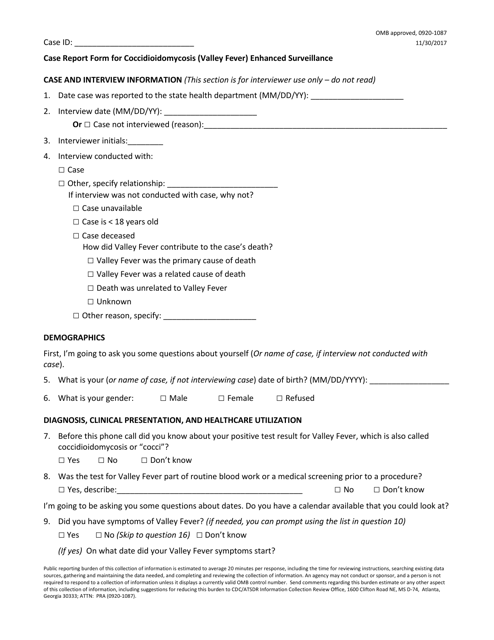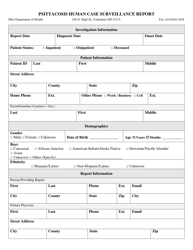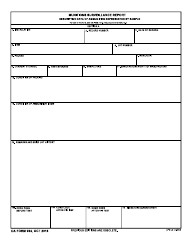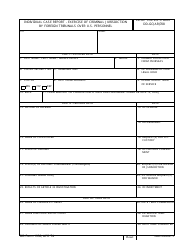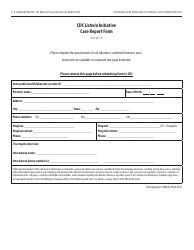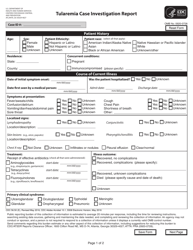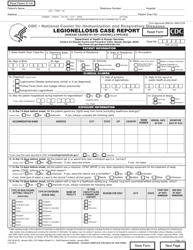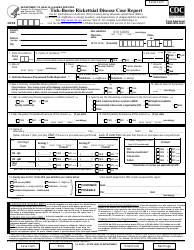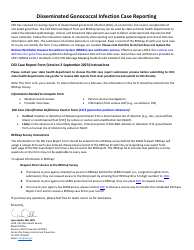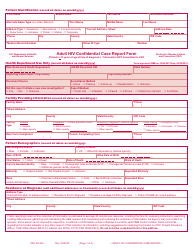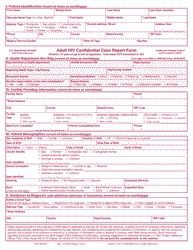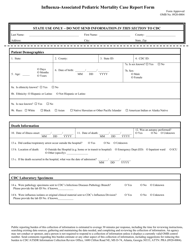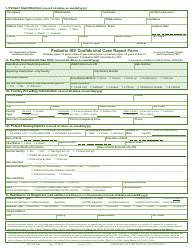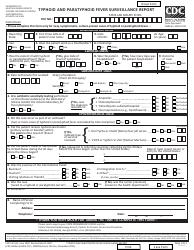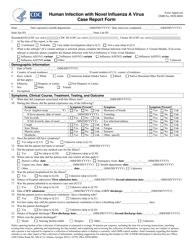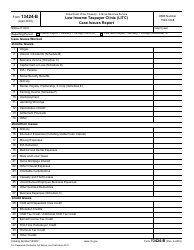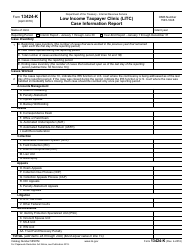Case Report Form for Coccidioidomycosis (Valley Fever) Enhanced Surveillance - Ohio
Case Report Form for Coccidioidomycosis (Valley Fever) Enhanced Surveillance is a legal document that was released by the Ohio Department of Health - a government authority operating within Ohio.
FAQ
Q: What is Coccidioidomycosis?
A: Coccidioidomycosis, also known as Valley Fever, is a fungal infection caused by inhaling spores of a fungus called Coccidioides.
Q: What is enhanced surveillance?
A: Enhanced surveillance refers to an increased level of monitoring and reporting of a specific disease, in this case Coccidioidomycosis.
Q: Why is enhanced surveillance important for Valley Fever?
A: Enhanced surveillance is important for Valley Fever to track and understand the spread of the disease, identify risk factors, and develop strategies for prevention and control.
Q: What is the purpose of the Case Report Form?
A: The Case Report Form is a standardized tool used to collect and record important information about individuals diagnosed with Coccidioidomycosis.
Q: Who uses the Case Report Form?
A: The Case Report Form is typically used by healthcare professionals, including physicians and public health officials, to report and record cases of Coccidioidomycosis.
Q: What information is included in the Case Report Form?
A: The Case Report Form includes demographic data of the individual, clinical presentation of the disease, and laboratory test results.
Q: How can someone get Coccidioidomycosis?
A: Coccidioidomycosis is primarily acquired by inhaling spores present in the soil of certain regions, such as the southwestern United States.
Q: What are the symptoms of Valley Fever?
A: The symptoms of Valley Fever can range from flu-like symptoms, such as fever, cough, and fatigue, to more severe forms that affect the lungs, skin, or other organs.
Q: Can Valley Fever be treated?
A: Yes, Valley Fever can be treated with antifungal medications prescribed by a healthcare professional.
Q: Is Valley Fever contagious?
A: No, Valley Fever is not contagious and cannot be spread from person to person.
Form Details:
- Released on November 30, 2017;
- The latest edition currently provided by the Ohio Department of Health;
- Ready to use and print;
- Easy to customize;
- Compatible with most PDF-viewing applications;
- Fill out the form in our online filing application.
Download a printable version of the form by clicking the link below or browse more documents and templates provided by the Ohio Department of Health.
